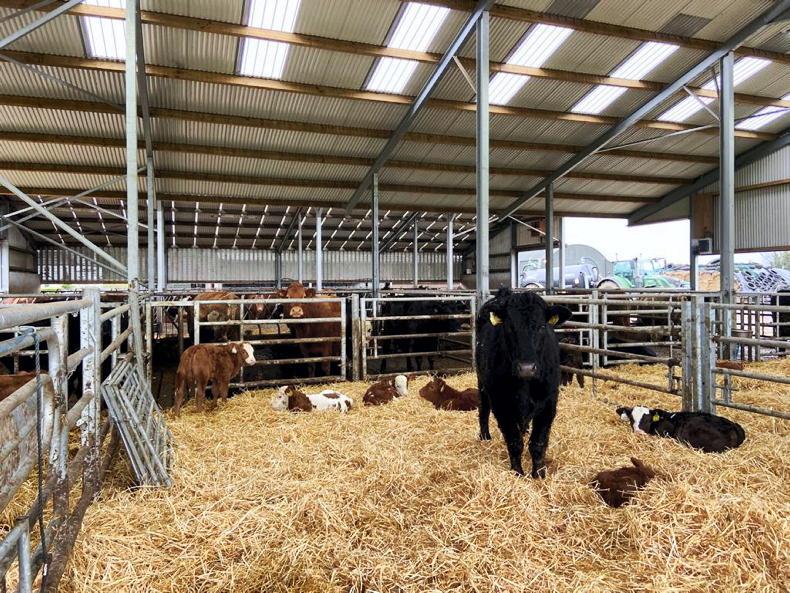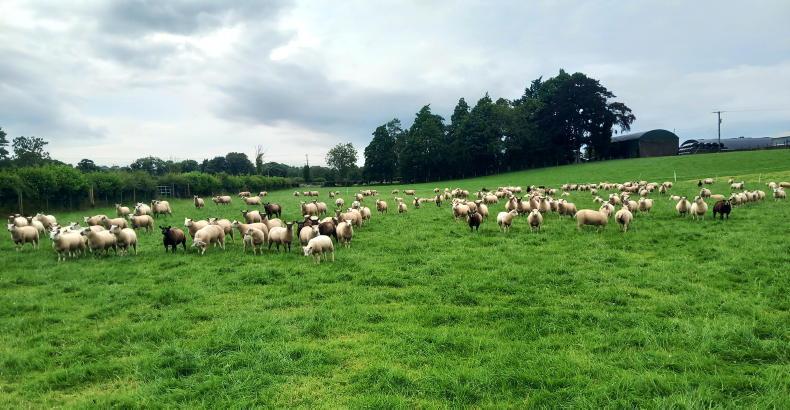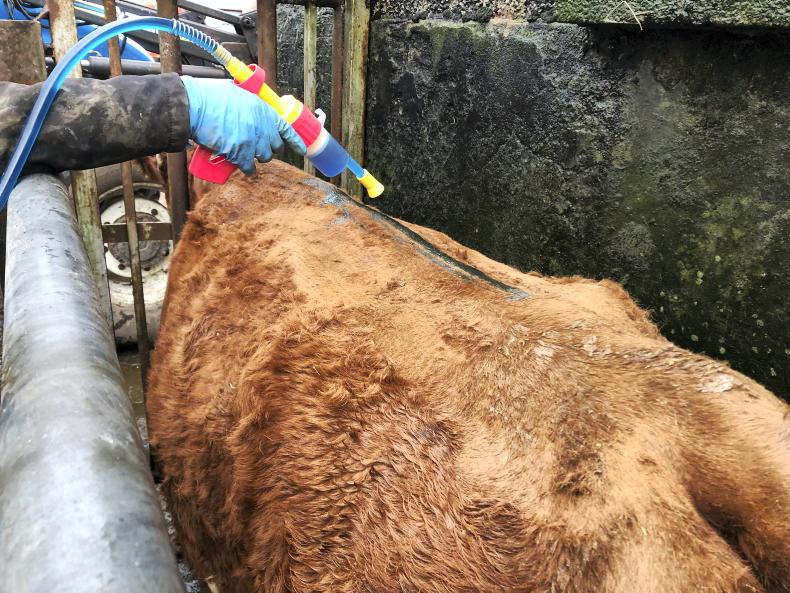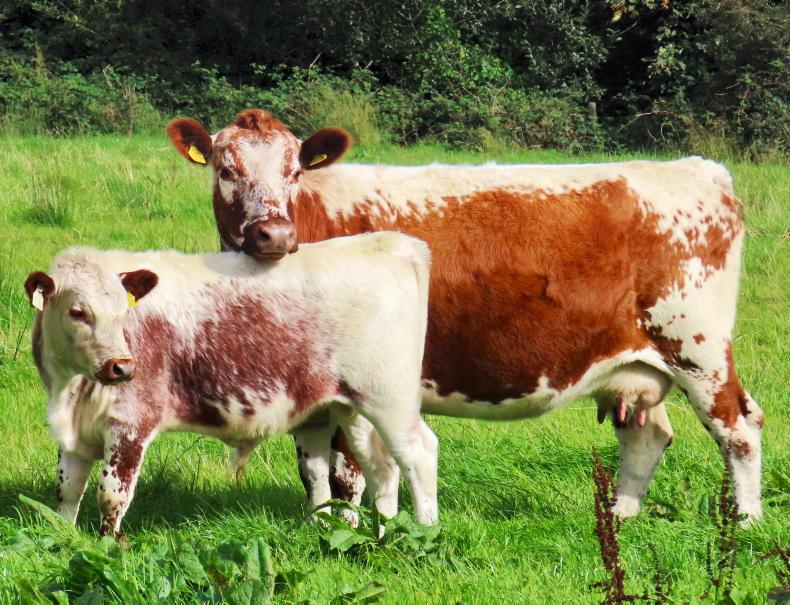Calf Scour
Difficult weather has seen turnout delayed in many parts of the country. This means space is at a premium and there have been outbreaks of scour on some farms.
Make sure young calves have a clean, dry bed to lie on for the first few days. Clean out calving pens regularly. Disease will build up in calving pens as calving progresses, and this is when problems will arise.
A scouring calf will require at least 8 litres of fluids in 24 hours. Stomach tubing 2 litres in the morning and another 2 litres in the evening won’t be enough. Oral rehydration products can vary widely.
Some vets say that the best rehydration therapy will contain electrolytes (sodium/potassium), an energy source (glucose/glutamine) and products to correct metabolic acidosis (e.g. bicarbonate).
If in doubt consult your vet on what product to use. The current advice is to leave calves on the cow i.e on milk during any treatment. The use of calf jackets for sick calves seems to work well on some farms and can speed up the recovery process.
Coccidiosis
Coccidiosis generally rears its head in calves from about three weeks of age and is most commonly associated with profuse watery brown/green diarrhoea, frequently containing blood. It has become a problem on some farms this year, with prolonged housing of 3-6 week-old calves.
In severe cases an affected calf can show continuous signs of straining to pass faeces, with a raised tail. These calves can sometimes pass mucus or gut lining along with faeces.
Calves can excrete up to a billion oocysts over the course of a full infection, leading to the rapid spread of this highly contagious disease. Infected calves can become stunted, have dry coats and generally never reach their growth potential.
There are a number of products on the market to treat coccidiosis, but they are most efficient when used as preventatives in at-risk calves prior to clinical signs.
Calves on farms where coccidiosis has been diagnosed should be strategically treated with coccidiostats at 7-10 days of age, and again two weeks later where environmental contamination is high.
Infected calves should also be removed from the group as soon as possible, and strict hygiene measures employed in relation to feeding utensils and footwear used.
Proper power washing and disinfection of calf creeps and sheds with an effective disinfectant is also extremely important. Using lots of straw in creep areas and keeping troughs and drinkers clean will also help prevent infection occurring. Discuss treatment options with your vet.
SCEP Special Farm Tech Talk
On Friday 31 March we will have a Farm Tech Talks dedicated to the new Suckler Cow Efficiency Programme on farmersjournal.ie at 7pm.
We will aim to answer a lot of queries and questions we have received over the last number of days, and if you would like to have your question answered on the night email it to farmtechtalks@farmersjournal.ie or Whatsapp it to 086 8366465.
We will also print the questions and answers in next week’s paper in our special eight page beef breeding focus.









SHARING OPTIONS